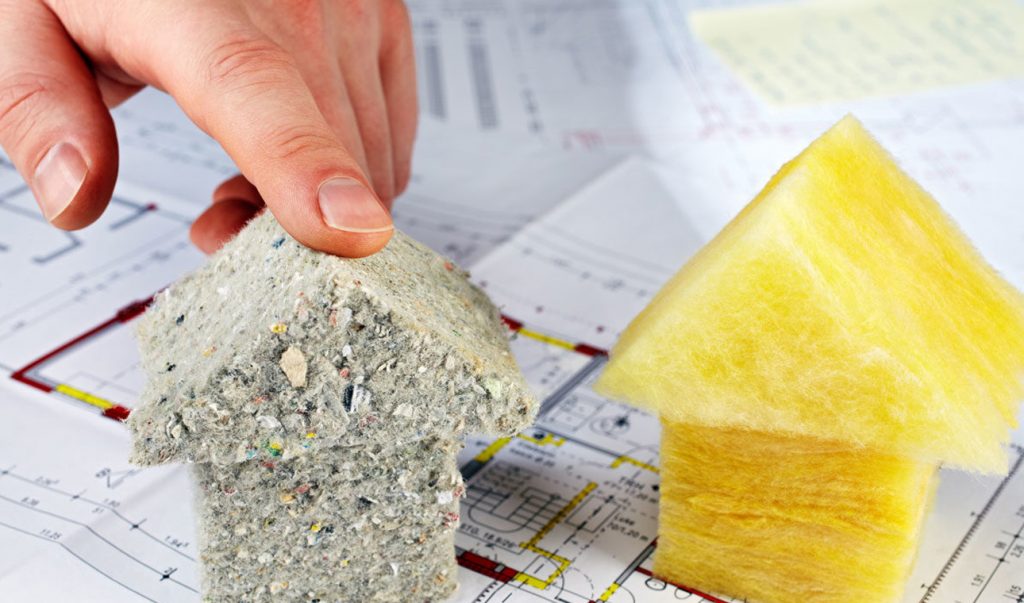
Types of Insulation – What insulation is right for your home?

With so many different types of insulation it can be hard to know exactly what to invest in. Pilkington Insulation provide insulation for all areas of your home, walls, floors and roofs. Fully insulating your home ensures a comfort living environment all year-round. Less money will be spent trying to heat and cool your home. Here are all the areas of insulation we provide to keep your home at a more consistent and comfortable temperature. In this article we explain the differences between these main types of insulation and their importance.
Wall Insulation
One of the most important but least talked about types of insulation is Wall insulation. Wall Insulation is less common than roof or floor insulation and has a big impact on reducing your home heat loss. The New Zealand government does not require wall insulation as part of the building process and as a result, most older New Zealand homes lack any wall insulation. It’s important to note that wall insulation is one of the most important types of insulation when it comes to completing your home’s thermal envelope.
An estimated 30-40% of the heat in your home is lost through the walls and this is why wall insulation is so important. We explain more about home heat loss and why to insulate here. Air easily escapes through uninsulated walls which makes heating and cooling a difficult and expensive task.
Not only does wall insulation help with completing your home’s thermal envelope, but it also can help reduced energy usage. In addition, it can help reduce noise transfer between walls making your home more comfortable year-round. Without wall insulation, air can easily escape through the walls of your home.
One of the wall insulation products we recommend is CosyWall Insulation. Blown wall insulation is one of the best types of insulation for your walls. Installing CosyWall is easy and cost effective for both internal and external walls.
Floor insulation
Insulating your floors is an important part of sealing your homes thermal envelope. It is a huge opportunity to lower power bills. By installing floor insulation, you can prevent cold air from entering your home through the floor. In most newer homes underfloor insulation is taken care of as part of the slab design, however many older homes built on piles lack a proper insulation barrier under the house.
Poor underfloor insulation means air can easily escape through the floors of your home, making it difficult to heat and cool your home. Pilkington Insulation installs polyester insulation blankets underside of your home to help seal this area of your thermal barrier. It’s a quick and easy process and makes an enormous difference to your home environment.
Roof Insulation
Roof insulation helps to control your home’s temperature by slowing the transfer of heat out of your home. Fully insulating your roof cavity slows down the transfer of heat between your living space and the outside world, creating a warmer home in winter and a cooler one in summer. Your ceiling is probably the single most important area of your house to insulate.
There are several different insulation products and materials available for New Zealand homes. Pilkington Insulation works to determine the best product for your roof. Insulation Batts, Blown Insulation or Segments are all good roof insulation options for New Zealand roofs. The Pilkington team will discuss the best options for your home as part of our free home assessment.
So hat type of insulation is right for me and how do I get started?
Understanding the different types of wall insulation can help you determine which insulation products are right for your home. Pilkington offers a free home assessment and can talk you through the different types of insulation and installation process. Contact us today to book your free home assessment!
